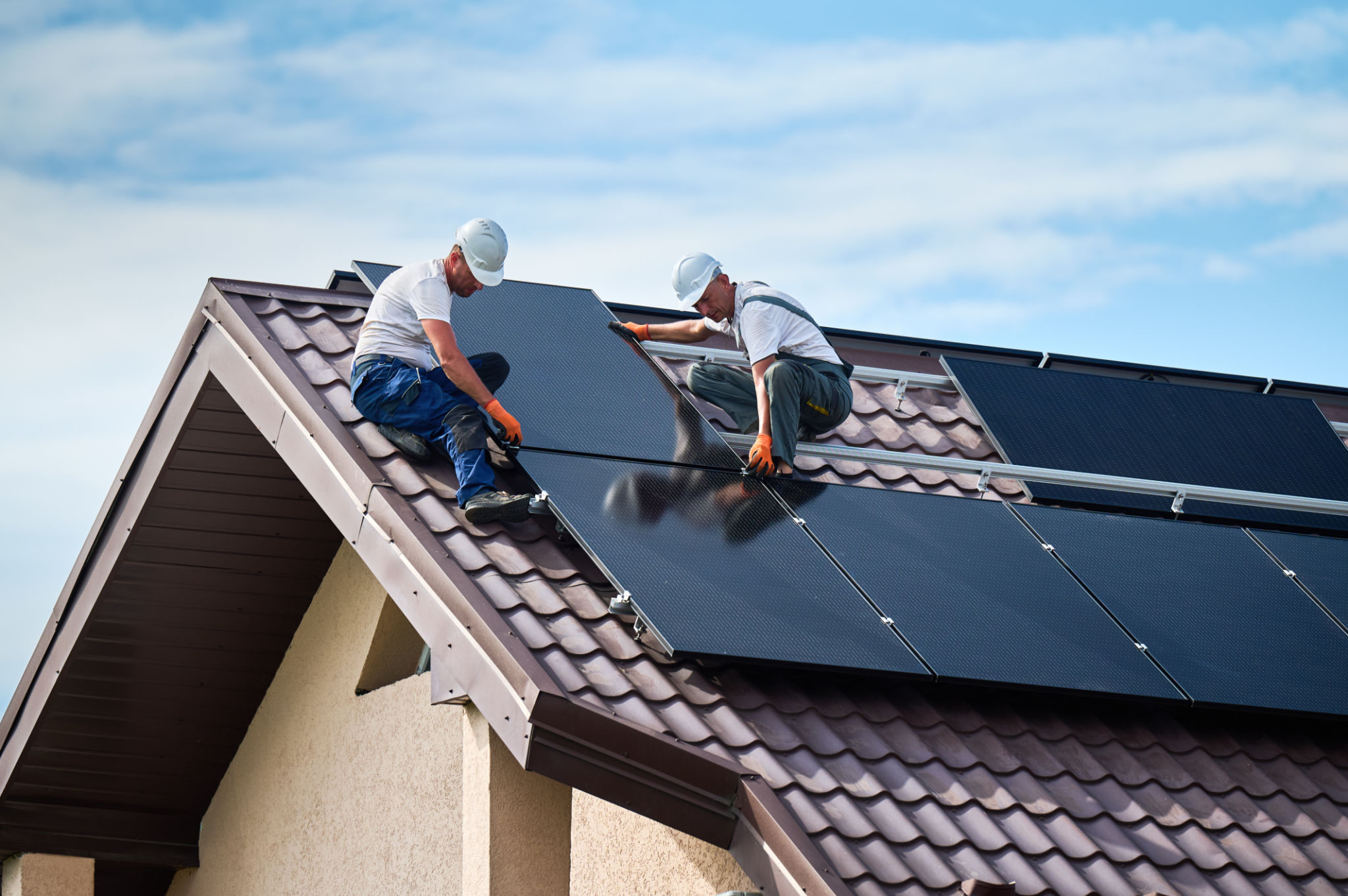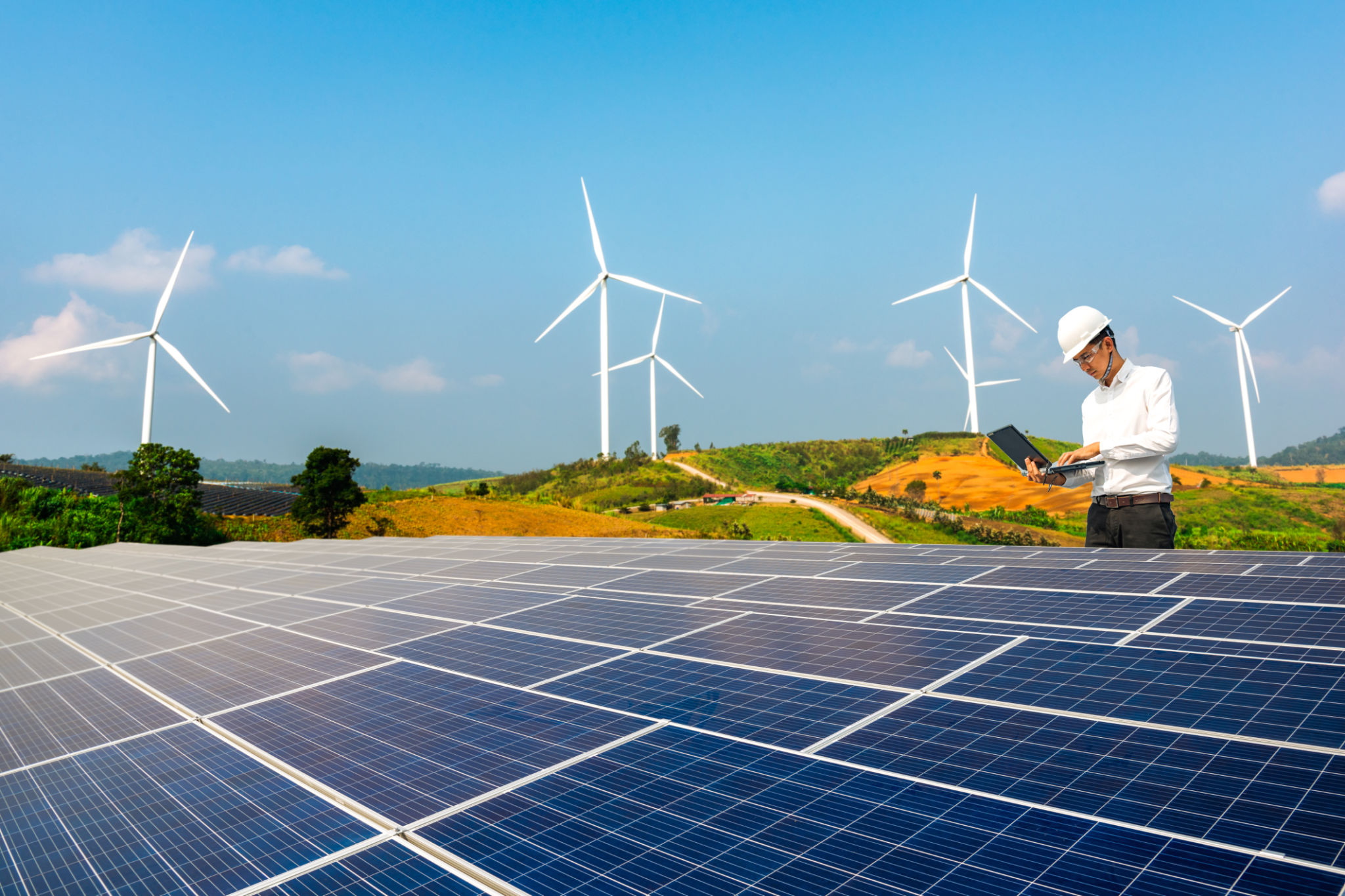Renewable Energy Solutions for Disaster Preparedness: A Guide for Baltimore Residents
Ki
Understanding Renewable Energy in Disaster Preparedness
As the frequency and severity of natural disasters increase, the need for effective disaster preparedness measures becomes more critical. For Baltimore residents, integrating renewable energy solutions into disaster preparedness plans can provide resilience and sustainability. Renewable energy sources, such as solar power and wind energy, offer reliable electricity when conventional power grids fail during emergencies.
Incorporating renewable energy into your disaster preparedness plan not only ensures a consistent power supply but also reduces dependency on fossil fuels. This can be particularly important during prolonged outages when fuel supplies may be limited or disrupted.

Benefits of Solar Power for Emergencies
Solar power is one of the most accessible and effective renewable energy solutions for disaster preparedness. By installing solar panels on rooftops or using portable solar generators, Baltimore residents can harness the sun's energy to power essential appliances and devices during power outages.
One significant advantage of solar power is its scalability. Homeowners can start with a small setup to charge essential devices and gradually expand their system to power larger appliances. Additionally, solar power systems with battery storage allow for energy use even when the sun isn't shining, providing a reliable backup during nighttime or cloudy days.

Wind Energy as a Reliable Backup
Wind energy provides another viable renewable energy solution for disaster preparedness. While not as commonly deployed as solar panels in residential areas, small wind turbines can be installed on properties with adequate space and wind conditions. These turbines can generate electricity to supplement other renewable sources or provide a primary power backup.
For communities or neighborhoods, investing in larger wind turbines can offer shared energy resources, creating a microgrid that supports multiple households during emergencies. This collaborative approach enhances community resilience and promotes energy independence.
Implementing Renewable Energy Solutions
Transitioning to renewable energy for disaster preparedness requires careful planning and investment. Here are some steps Baltimore residents can take:
- Assess Your Energy Needs: Identify the essential appliances and devices that require power during an outage.
- Evaluate Your Property: Determine the feasibility of installing solar panels or wind turbines based on space, sunlight exposure, and wind conditions.
- Consult Professionals: Work with renewable energy experts to design and install a system tailored to your needs.
- Explore Financial Incentives: Research available tax credits, rebates, and local incentives to offset installation costs.

The Role of Government and Community Initiatives
Local government and community initiatives play a crucial role in promoting renewable energy adoption for disaster preparedness. Baltimore residents can benefit from programs that provide financial assistance, technical support, and educational resources. Engaging with community groups focused on sustainability can also facilitate knowledge sharing and collective action.
By working together, residents can advocate for policies that support renewable energy infrastructure, ensuring a more resilient and sustainable city capable of withstanding future disasters.